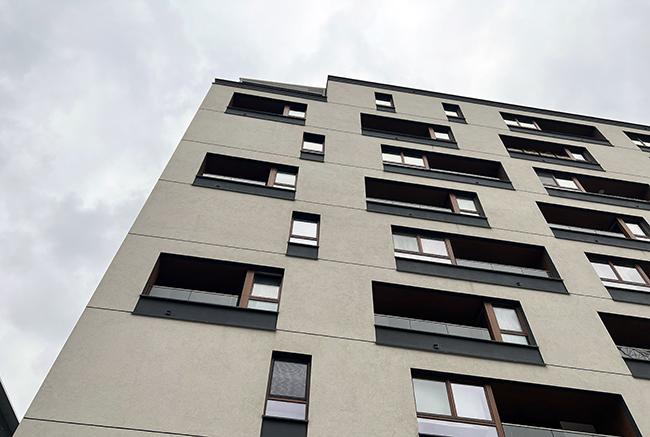Slovaks continue to invest in real estate: 23% plan to buy property within five years
Despite changing economic conditions, Slovaks continue to prioritize real estate purchases, with nearly 23% of the population planning to buy an apartment or house within the next five years, according to a survey by IPSOS. Currently, nearly 94% of Slovaks live in their own property, underscoring the nation's strong homeownership culture.
An analysis by Wood & Company analyst Eva Sadovská highlights key trends in the housing market. The most sought-after properties are apartments, preferred by 10.1% of prospective buyers, followed closely by houses at 9%. Additionally, 2.3% of respondents plan to build their own house, while 1.2% intend to purchase a recreational cottage or holiday home.
The data reveals that more men (24.8%) than women (20.7%) are planning new housing purchases. While both genders show interest in apartments and houses, women exhibit a higher inclination towards new-build properties and house construction.
Interest in purchasing new housing decreases with age. Among young adults aged 18-24, 52.2% intend to buy a property, primarily apartments. A strong demand is also observed in the 25-34 age group, where 48.2% plan to invest in housing, with houses being the preferred choice. Meanwhile, respondents aged 35-44 reported above-average interest, with 27.4% expressing intent to acquire new housing.
Regionally, the highest demand for new properties over the next five years is recorded in Bratislava (39.5%), Banská Bystrica (25.9%), and Trenčín (22%). In Bratislava and Trenčín, apartments are more in demand than houses, while in Banská Bystrica, the preference shifts toward houses.
The survey also examined the primary factors influencing housing decisions. Price remains the most critical criterion, cited by 47.4% of respondents, followed by location (33.3%). Other significant considerations include the amount of personal savings (12.7%), energy efficiency (11.7%), privacy, and access to services (10.3%).
Women placed greater importance on price and location compared to men, while men prioritized parking facilities. Among younger buyers under 24, location was a more influential factor than price, with transport accessibility ranking as a key consideration. For respondents over 66, energy efficiency emerged as the top priority.
The continued high demand for housing, particularly among younger and high-income individuals, suggests a stable real estate market. Those in leadership positions or with higher earnings report increased interest in property investment. These trends indicate a sustained confidence in real estate as a long-term asset, despite broader economic uncertainties.
As the Slovak real estate market evolves, factors such as affordability, regional preferences, and generational shifts will shape future housing trends. Policymakers and developers will need to consider these dynamics to meet the evolving needs of homebuyers.
Source: SITA









